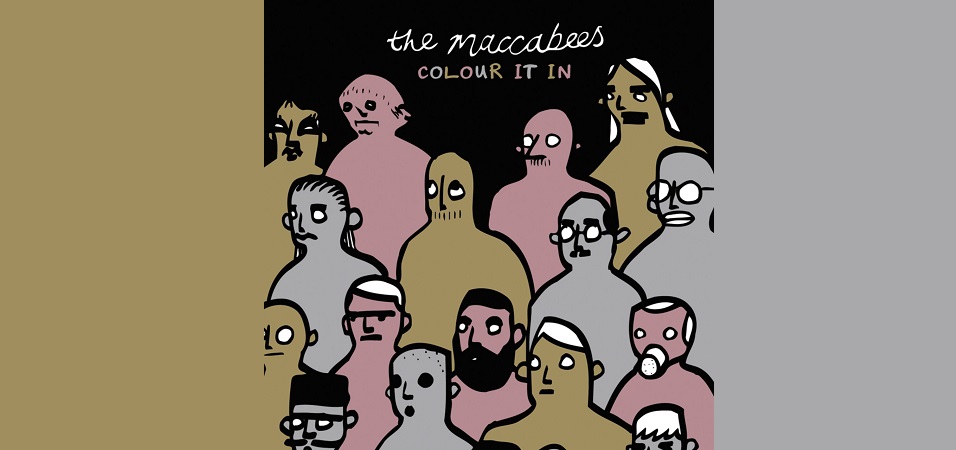Record Rewind: Rush – Moving Pictures
4 min read
Canadian progressive rock band Rush has earned the reputation of being “the biggest cult band in the world” and it’s not hard to see why. This eccentric power trio has been doing their own thing for over forty years and has earned a sizeable yet elusive following; even after decades of international acclaim, they haven’t even toured Australia once. I probably wouldn’t have discovered them myself if it wasn’t for a video countdown airing on VH1 Classic years ago. When I decided to check them out seriously, I went straight to the most obvious starting point: their 1981 best-seller, Moving Pictures. Along with its predecessor Permanent Waves, Moving Pictures marked the point at which Rush decided to tone down some of the more excessive aspects of their music (extremely long track durations and fantastic lyrical concepts chief among them) and consciously attempt to fashion a more radio-friendly brand of progressive rock.
 Rush’s 1980 hit The Spirit of Radio set the bar high with its iconic guitar riff and upbeat lyricism, but Moving Pictures managed to shift the bar to an all-time high with the distinctive synthesiser note that begins the album’s opening track, Tom Sawyer. The song (which isn’t literally about the fictional character) is often considered the band’s signature song, and with good reason – every instrument is equally awesome and each one is perfect for air-playing. Air guitar, air drums, even air keyboards. The lyrics about individualistic idealism still have shades of drummer/lyricist Neil Peart’s erstwhile interest in the writings of Ayn Rand – a fault that detractors will not hesitate to point out – but in the context of such a confident, well-played anthem this is tolerable. The theme of non-conformity continues with Red Barchetta, a bouncy driving song about a dystopia where the roads are monitored and driving fast red sports cars is illegal.
Rush’s 1980 hit The Spirit of Radio set the bar high with its iconic guitar riff and upbeat lyricism, but Moving Pictures managed to shift the bar to an all-time high with the distinctive synthesiser note that begins the album’s opening track, Tom Sawyer. The song (which isn’t literally about the fictional character) is often considered the band’s signature song, and with good reason – every instrument is equally awesome and each one is perfect for air-playing. Air guitar, air drums, even air keyboards. The lyrics about individualistic idealism still have shades of drummer/lyricist Neil Peart’s erstwhile interest in the writings of Ayn Rand – a fault that detractors will not hesitate to point out – but in the context of such a confident, well-played anthem this is tolerable. The theme of non-conformity continues with Red Barchetta, a bouncy driving song about a dystopia where the roads are monitored and driving fast red sports cars is illegal.
Fan favourite YYZ is an instrumental track that demonstrates just how much of a musical powerhouse this band can be, building a funky tune off a riff that’s based on the Morse code for the titular letters. Limelight challenges Tom Sawyer for the best track on the album as guitarist Alex Lifeson gives us another well-crafted riff to support lyrics about the alienation that comes from being a famous rock star. The fact that the entire first side of Moving Pictures consists of contenders for the best songs of a career spanning forty years really says something about this album.
The second side of Moving Pictures tells a very different story. The Camera Eye marks the last time Rush ever released a track lasting longer than ten minutes and, though it has nothing on other Rush epics such as 2112 or Natural Science, it’s still a solid song that never quite wears out its welcome as bassist/vocalist Geddy Lee sings about the apathetic citizenry of New York and London.
Witch Hunt takes the album into darker territory as the trio crafts a lurching track about the horrors of mob mentality. Closing track Vital Signs is slightly more upbeat with its reggae-inspired beats and oddly optimistic lyrics about overcoming negative influences, but the album closing on Lee desperately repeating “Everybody got to elevate from the norm” as the song fades to nothingness is an uneasy way to conclude an album (and I wouldn’t want it any other way).
I’ve often felt like having a sincere appreciation of Rush is a personal failing and that at best this band can be considered the guiltiest of musical pleasures. I am perfectly aware that factors such as verbose sci-fi lyricism, excessive musical virtuosity from all three members (especially in the case of Neil Peart needing a drum kit with over a hundred pieces on it) and Geddy Lee’s high-pitched vocals can help to alienate people from the band, but I’m willing to take it all in stride even on their weakest albums. They’re one of the few bands that I simply enjoy listening to without complication, and the fact that many still debate whether or not an album as great as Moving Pictures is Rush’s best album should say something about the quality of their discography.
The songs on here run the emotional gauntlet from paranoid and self-conscious through to intense and badass without jarring listeners and the sum total is a tightly packed album that manages to garner respect from listeners in spite of its geeky tendencies. Just check out any live performance of YYZ where thousands of concert attendees sing along to an instrumental. That’s the kind of magic Rush can create and their albums don’t get much more magical than Moving Pictures.


